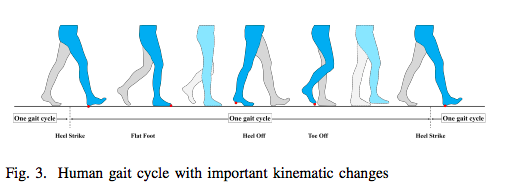User gait phase estimation plays a key role for the seamless control of the lower-limb robotic assistive devices (e.g., exoskeletons or prostheses) during ambulation. To achieve this, several studies have attempted to estimate the gait phase using a thigh or shank angle. However, their estimation resulted in some deviation from the actual walking and varied across the walking speeds. In this study, we investigated the different setups using for the machine learning approach to obtain more accurate and consistent gait phase estimation for the robotic transfemoral prosthesis over different walking speeds. Considering the transfemoral prosthetic application, we proposed two different sensor setups: i) the angular positions and velocities of both thigh and torso (S1) and ii) the angular positions and velocities of both thigh and torso, and heel force data (S2). The proposed setups and method are experimentally evaluated with three healthy young subjects at four different walking speeds: 0.5, 1.0, 1.5, and 2.0 m/s. Both results showed robust and accurate gait phase estimation with respect to the ground truth (loss value of S1: 4.54e-03 Vs. S2: 4.70e-03). S1 had the advantage of a simple equipment setup using only two IMUs, while S2 had the advantage of estimating more accurate heel-strikes than S1 by using additional heel force data. The choice between the two sensor setups can depend on the researchers’ preference in consideration of the device setup or the focus of the interest.

